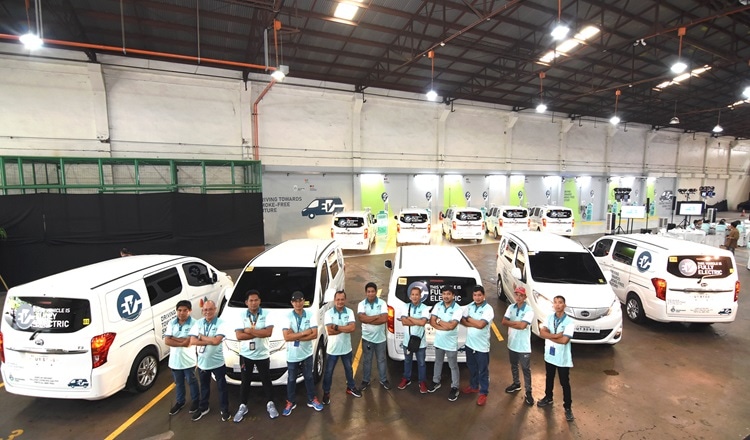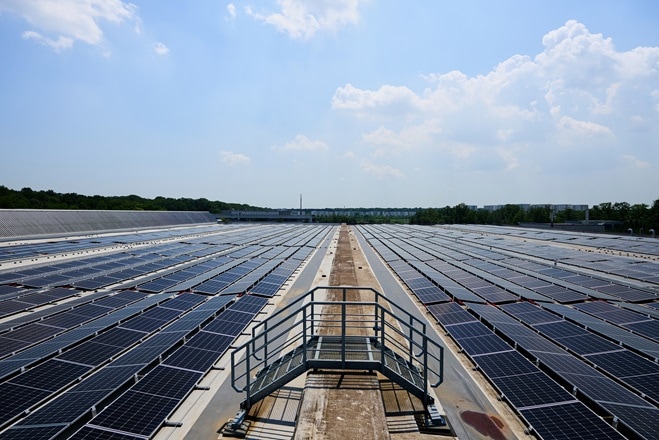Our vision for lasting positive change has made sustainability integral to our business transformation over the past decade. As we accelerate our shift from cigarettes to smoke-free products, we are simultaneously addressing our environmental footprint, enhancing our social impact, and strengthening our accountability frameworks. This integrated approach to harm reduction across all dimensions of our business is now deeply embedded in our strategy.
However, we recognize that merely reducing harm is not enough. We are working toward moving beyond mitigation to regeneration and positive impact. By applying the same innovative mindset that transformed our product portfolio, we are now creating solutions that actively restore ecosystems, empower communities, and drive industry-wide progress on climate action.
Our CTP represents this evolution: from doing less harm to becoming a catalyst for positive change. It reflects our belief that businesses should not only minimize their negative impacts but also maximize their potential to create solutions that heal and strengthen the world we share. This commitment to positive transformation guides our decisions today and shapes our vision for a more sustainable tomorrow.
At a time when voluntary action is giving way to regulated performance and mandatory disclosure, our new CTP stands as an intentional response—combining our decarbonization strategy and CCRO reporting into one integrated document. Prepared following the guidance of the Transition Plan Taskforce (TPT) Disclosure Framework and integrating our response to the recommendations of the Task Force on Climate-related Financial Disclosures (TCFD), this CTP provides an update to both our
Low-Carbon Transition Plan issued in 2021 and our TCFD Report issued in 2023. It also features an index referencing the applicable requirements of IFRS S2 Climate-related Disclosures.
This updated CTP also comes at a pivotal moment for our broader sustainability agenda. Since its launch in 2021, our sustainability strategy and 2025 Roadmap have provided us with structure, ambition, and cross-functional alignment on key priorities, including climate-related efforts. As the world continues to change, so must our approach.
We are actively evolving our strategic vision, looking to 2030 and beyond, guided by a double materiality perspective and keeping climate change as a key component of our agenda. While this CTP is mostly focused on climate, it already reflects our long-term vision and embodies the strategic approach we are taking to address our most significant sustainability topics. Full details of our new strategy will be shared in our next annual Integrated Report.
This CTP presents a more sophisticated, integrated understanding of climate-related risks and opportunities—not only as a core sustainability priority but as a relevant business consideration, with implications for supply chain resilience, cost efficiency, product innovation, and long-term success. Our comprehensive new strategy addresses the root causes of climate-related risks, mitigates potential impacts on our business and stakeholders, and adapts our operations to build resilience and future-proof our business.
Recognizing the interconnectedness of sustainability challenges, we are integrating nature-related considerations into our transition planning. By protecting biodiversity, water resources, and land health alongside our climate efforts, we acknowledge that effective climate action depends on preserving natural ecosystems. We are equally committed to ensuring our decarbonization efforts are socially inclusive, minimizing negative impacts on communities—especially farmers and workers in our value chain—through proactive engagement and dedicated support mechanisms.
Our journey is supported by improved nonfinancial data management. In recent years, we have expanded supplier primary data collection, allowing for more accurate and granular scope 3 emissions accounting. At the same time, investments in digital solutions and automation have streamlined data processing and improved the consistency and traceability of our climate disclosures.
Reliable and verifiable data forms the foundation of effective climate action. By ensuring our data is objective and comparable, we can make informed decisions that drive meaningful progress. This improved data quality not only enhances our reporting, it also helps us assess the real impact of our interventions, identify emissions hotspots with precision, and model decarbonization strategies that deliver both environmental and business value with greater confidence.
Looking ahead, we remain committed to a climate strategy that is technically sound, socially and environmentally conscious, and coherent with our business objectives. We recognize, however, one core reality: a significant portion of our emissions lies beyond our direct control. Our CTP therefore represents more than a roadmap for emissions reduction—it is a blueprint for creating deep, sustained collaboration with various stakeholders, as our greatest impact comes from catalyzing systemic change across our value chain.
By pioneering solutions that address climate challenges while unlocking new market opportunities, we are demonstrating that environmental leadership and business excellence are not competing priorities, but mutually reinforcing strengths. The innovations we develop, the partnerships we forge, and the standards we champion will also shape a more resilient and prosperous business.
This is our commitment: to lead boldly at the intersection of purpose and profit, striving to create the most value for shareholders, society, and our shared environment.
Jennifer Motles, Chief Sustainability Officer



